Miniature Masterpieces
Bovet’s artisanal dials, known for their intricate depictions of powerful animals and radiant portraits of religious icons, exude the grandeur of 19th-century imperial timepieces.

I’ve been told that it’s considered pretty gauche to cite oneself as a quotable authority, so I won’t tell you who it was who said, “If watchmaking seems akin to the magical arts in the eyes of the uninitiated, then enamelling — with its coloured vials and fiery kilns — owes much to the grave and beautiful science of alchemy.” The provenance of pithy horological observations aside, that statement is as true now as when it was first printed in these pages more than three years ago.
Vitreous enamel, which is what we mostly refer to when discussing decorative enamel in watches, is an enormously historical and sophisticated craft that involves the application of minutely ground-down bits of glass and pigment onto a substrate (usually gold) that can withstand extremely high temperatures. The object is then carefully positioned inside a blazing oven in order to liquefy the glass powder and fix the pigment within its amorphous depths. Treated this way, the aesthetic power of a vividly coloured enamel dial will remain undiluted for millennia — it’s very possible that an enamel artefact might retain its looks for an eternity, but no one has stuck around long enough to find out.
Of course, there’s a downside to this immortal beauty — there always is — and the hideous portrait in the attic to the everlasting brilliance of enamel is painted in brushstrokes of intense labour and painful fragility. For every enamel-dialled timepiece you see in a glittering shop window, resplendent in a gorgeous hue or armoured pellucid white, there are countless buckled, cracked, discoloured or uneven dials that had to be discarded, even under the hands of a professional enameller. This is why some enamel timepieces cost more than the total black-market value of all your donor organs.
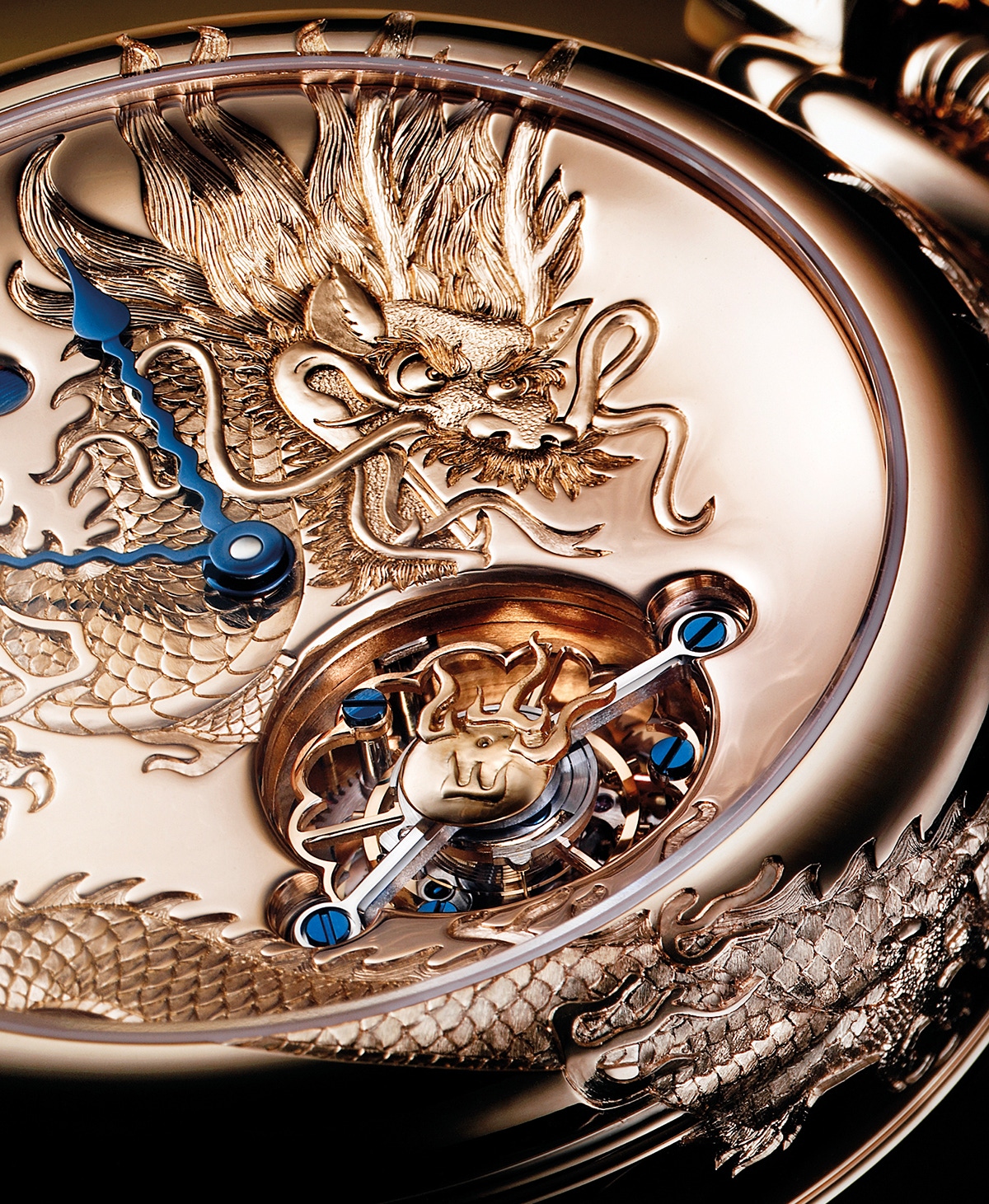
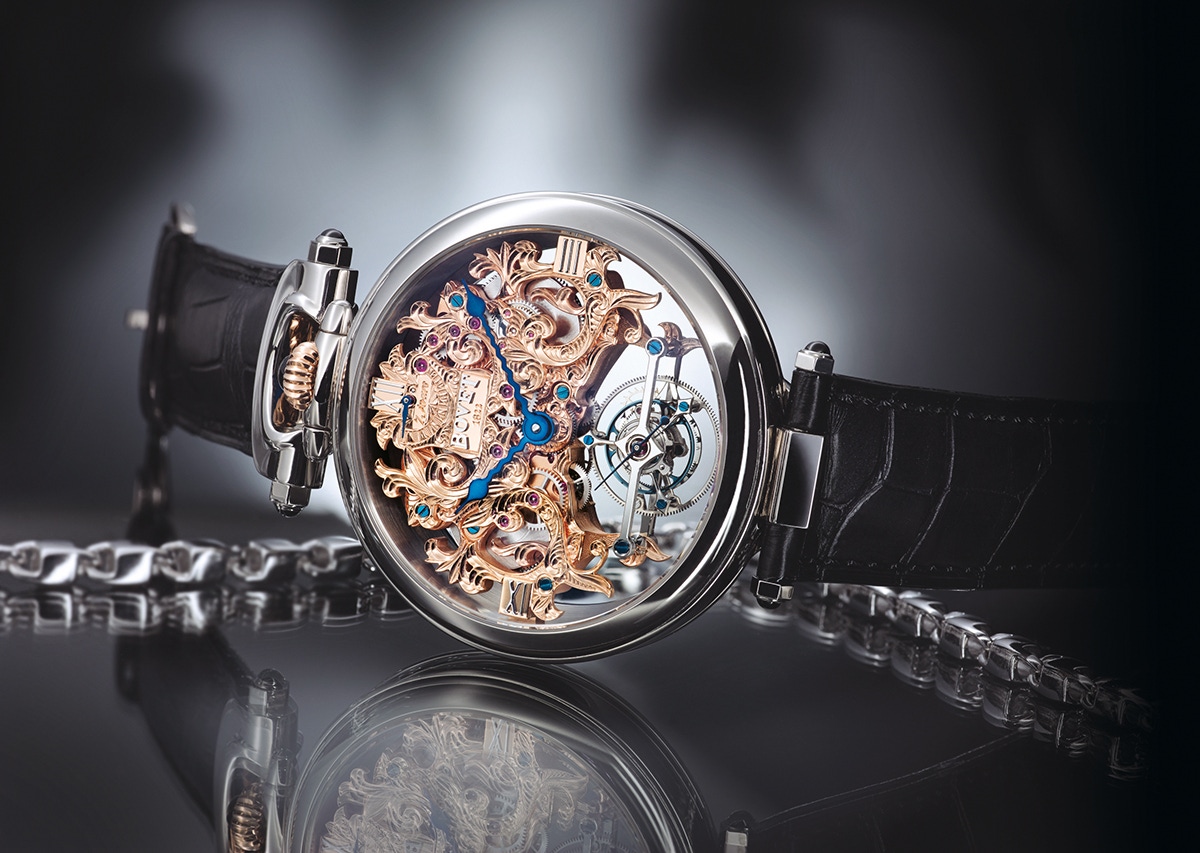
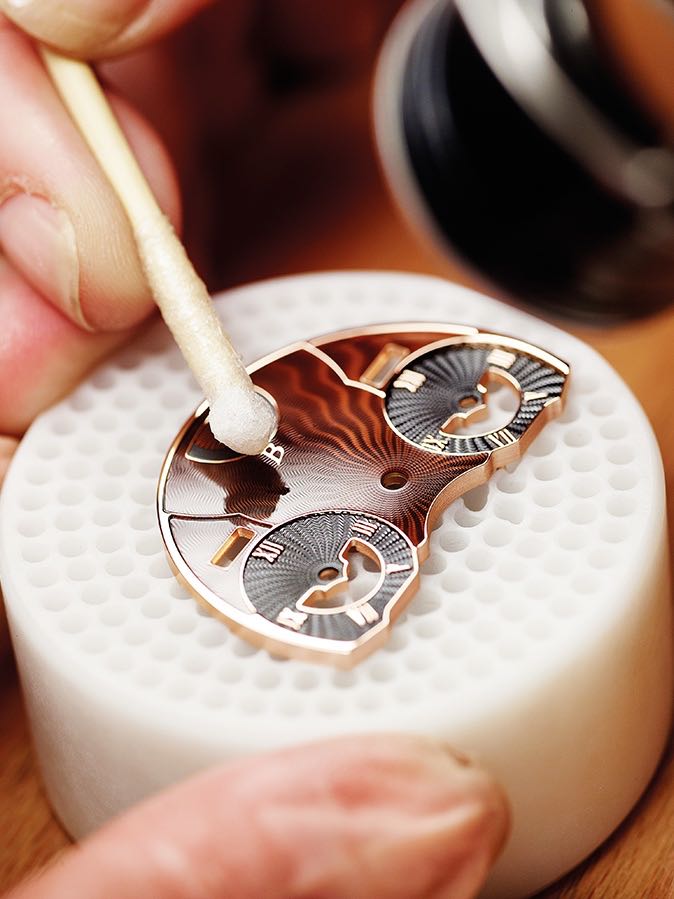
The alternative to vitreous enamelling is the craft of cold enamelling, thus called because the paint applied does not have to go through vitrification at high temperatures. Instead, layers of epoxy resin or lacquer are fixed at around 100-150 degrees Celsius, thus eliminating the risk of exposing the dial to withering heat. This has traditionally left cold-enamelling with slightly less prestige than vitreous (or ‘grand feu’, the Francophone term, which refers to the required temperature for this technique). The advantage, however, is that with the lower temperatures required for fixing the paint, dials can now be made with a wider variety of materials, materials that would otherwise be destroyed in vitreous enamel kilns.
Another benefit to cold-enamelling is the near endless array of colours that can be used to create almost any kind of design. Vitreous enamel is coloured using pigments that are basically metal oxides, and come in a very limited range of colours. Additionally, bunging them into an 800-degree- Celsius kiln sometimes causes the pigments to undergo chemical changes — some of the most drastic changes occur in ferrous oxides, which can further oxidise from verdigris- green to mud-red if the temperature is not regulated. (That enamel painting of a lushly verdant meadow didn’t turn out too well.) Cold enamel, consisting of epoxy resins, are much more reliable in this sense.
One of the most enthusiastic and prolific adopters of cold enamelling techniques is Bovet, the maker of high- end watches in extremely small volumes with a history in the Far East. The historical watchmaking company of Bovet was among the first to establish itself in the Chinese trading port of Canton in the last century of the Qing dynasty’s rule. Its modern-day incarnation has carried the signature designs of antique Bovet pocket watches — clad in jewel-toned enamel and seed pearls, and floridly Oriental — into its current catalogue.
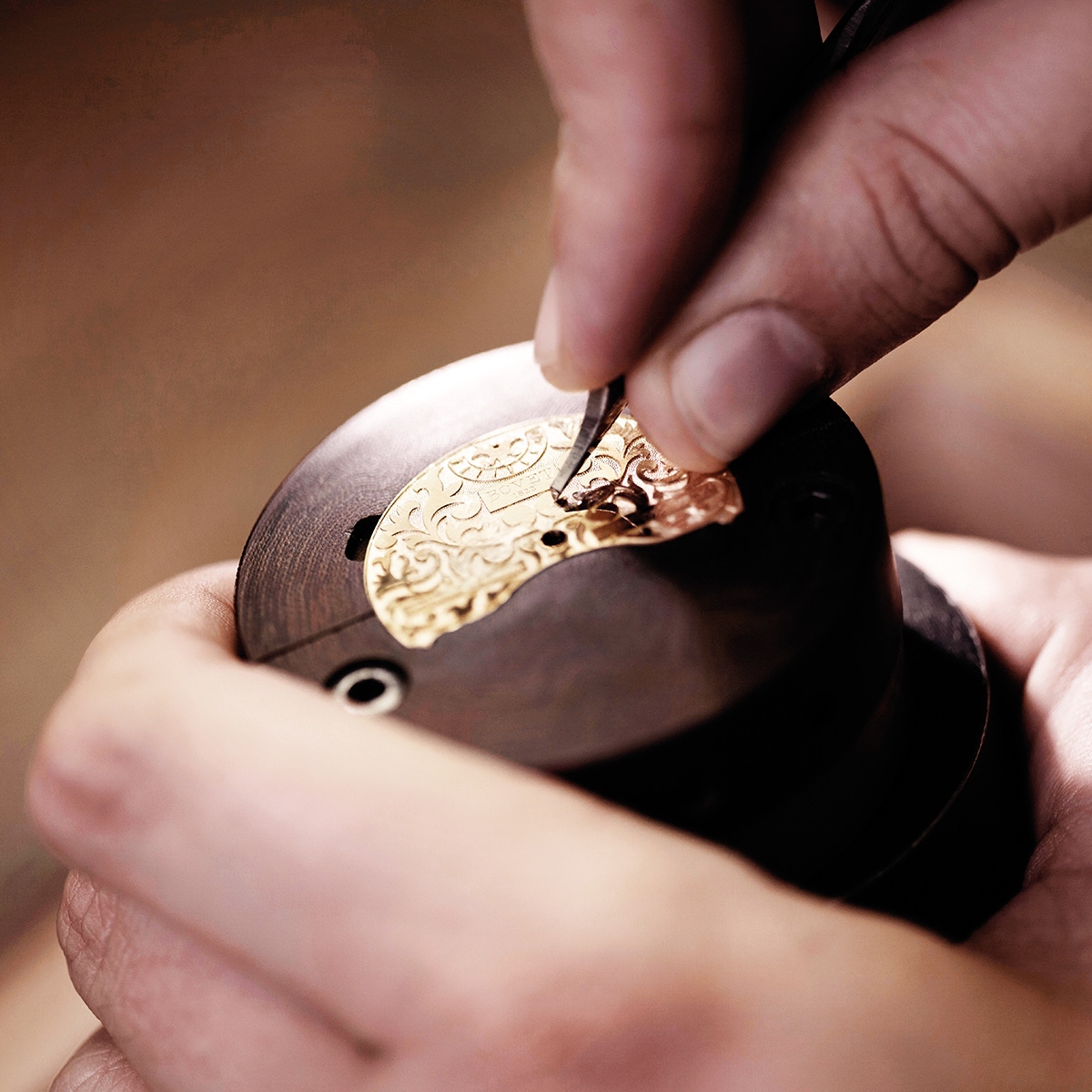
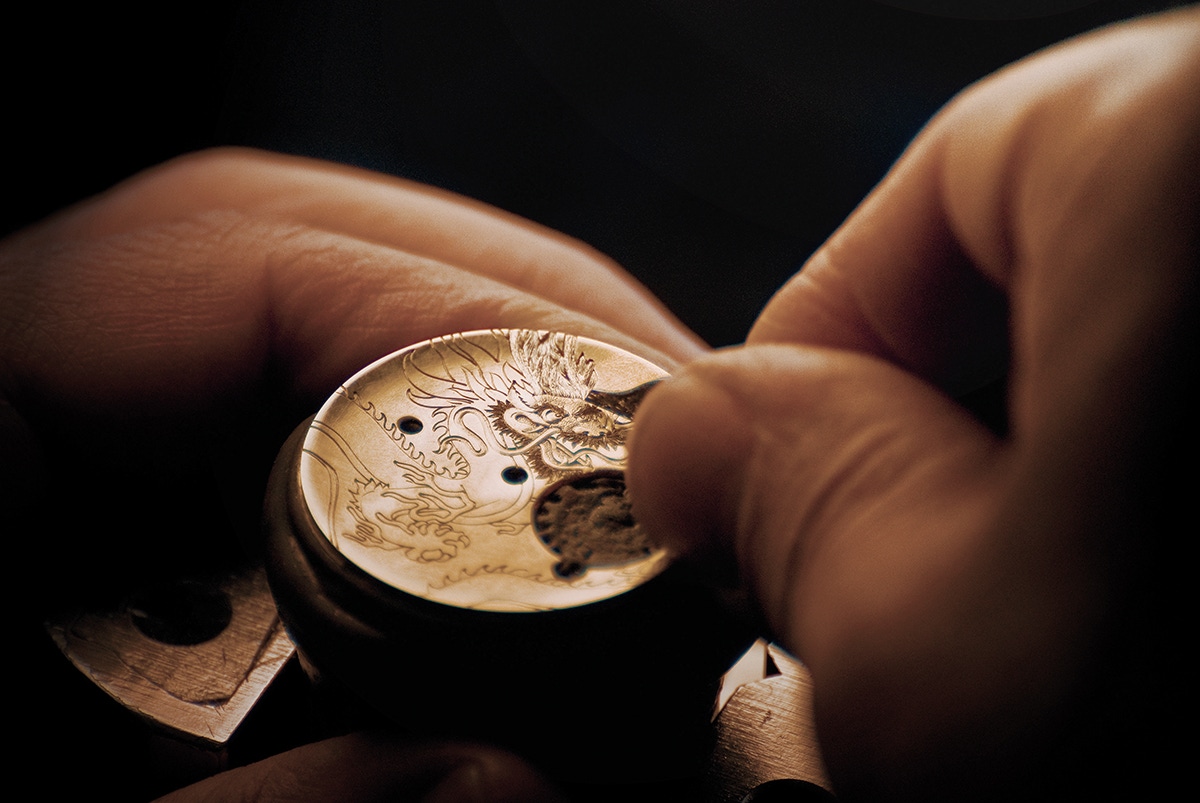
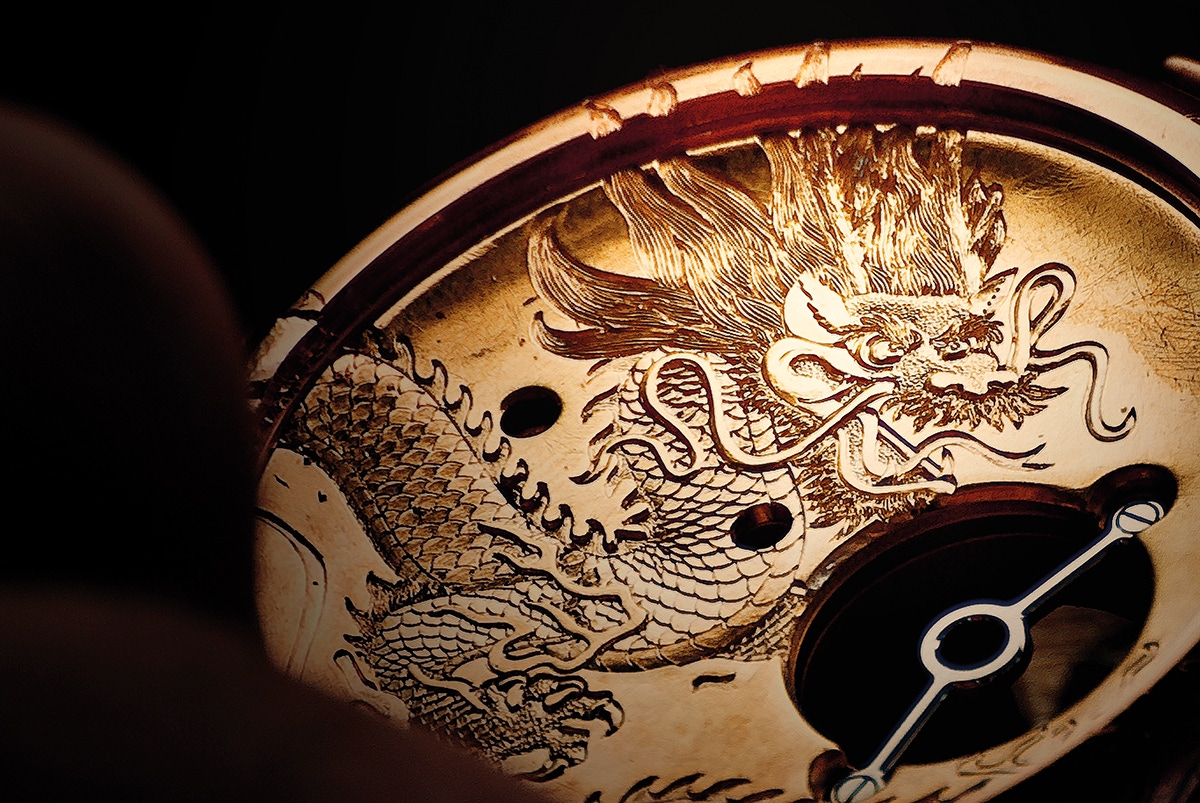
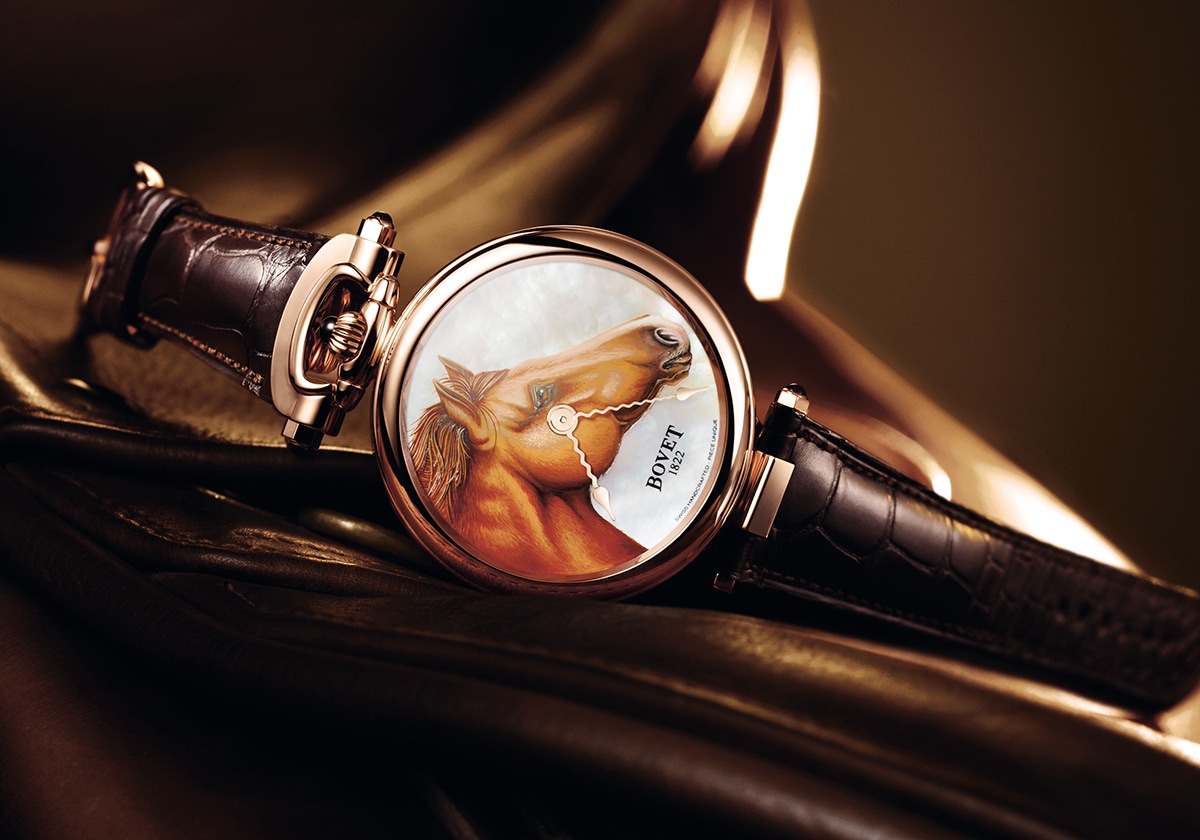
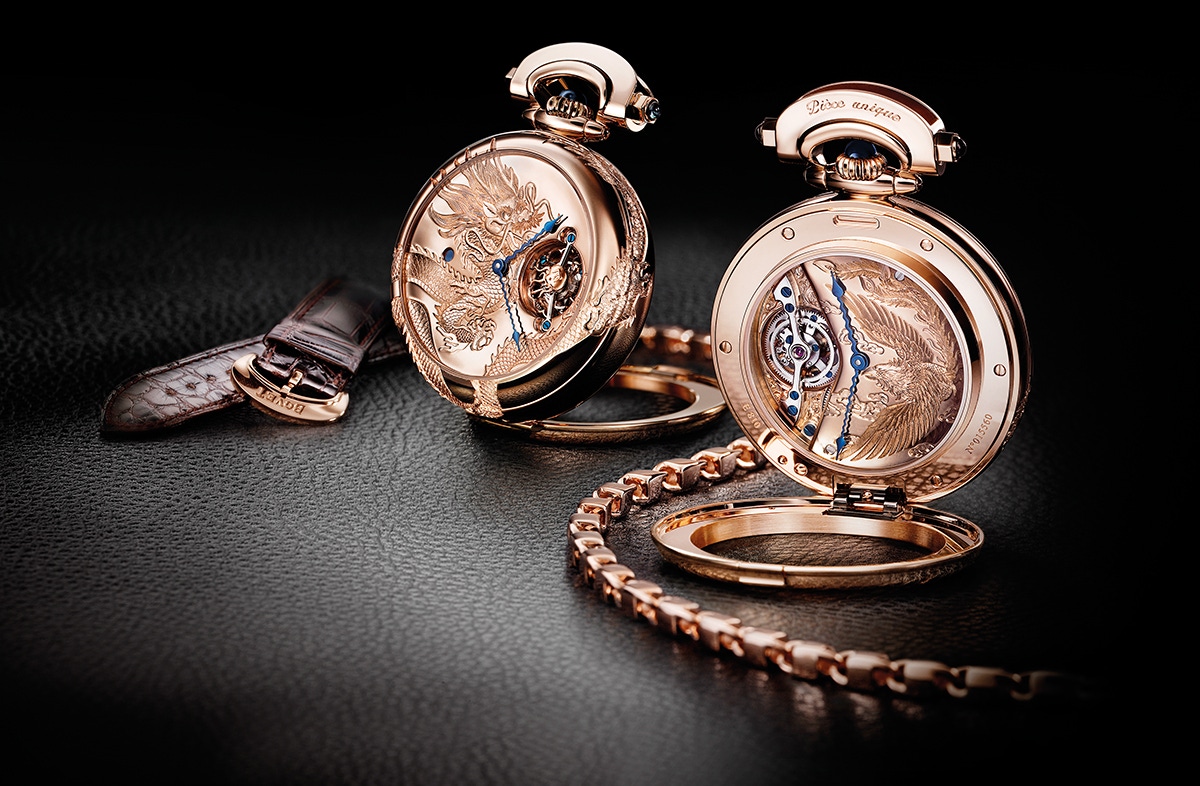
The miniature painted enamel dials of Bovet timepieces are, as mentioned, executed in cold enamel, which enables the brand’s artisans to work on dials of exquisite mother of pearl. The physical structure of mother of pearl is formed of overlapping microscopic scales and slabs of calcium carbonate, which give the material that textured, nacreous iridescence even when its surface is polished completely flat. On this visually seductive base, the miniature painter sets to work with fine brushes (some of which are tipped with a single sable hair for subtle detail), creating a carefully constructed design that has to be fired in stages to ensure the integrity of the painting over time. The execution of a painted enamel dial automatically elevates a timepiece into rarefied levels of artistry, but the combination of such a feature with the technique of engraving can make it truly extraordinary. The straightforward intaglio method is what we usually see on the sinuous arms of skeletonised movements, with gouges and troughs cut into the movement bridges in order to create texture and visual interest. The art of relief engraving is altogether more subtle and is akin to micro-sculpture in its range of difficulty and intricacy. Using this technique, a three dimensional dragon can virtually erupt from the confines of case and dial, coming to life on the wrist in a semiotic snarl of power and beauty.
"The art of relief engraving is altogether more subtle and is akin to micro-sculpture in its range of difficulty and intricacy"Because close to a fifth of Bovet’s yearly production of timepieces is through custom order, the miniature painted dials have become something of a calling card for the brand. Arresting depictions of powerful animals, or radiant portraits of religious icons, are common motifs for the skilled dial artisans of Bovet. The company has come a long way since its founder, Édouard Bovet, first set foot on the East India Company vessel that was to carry him to Canton in 1818. In Bovet’s design legacy, however, remains the skill and aesthetic alchemy that first allowed them to present watches to princes and emperors.



